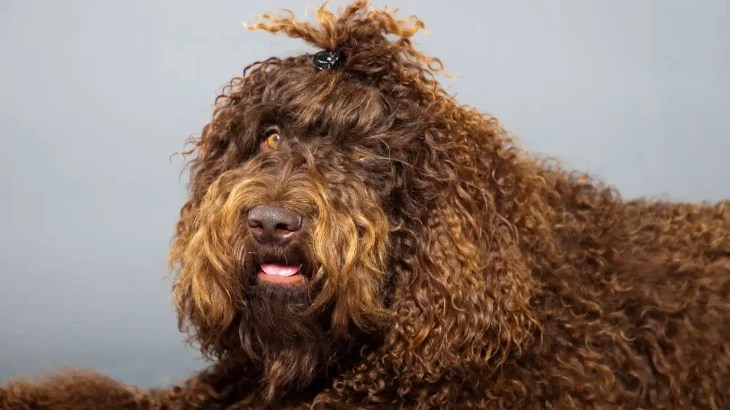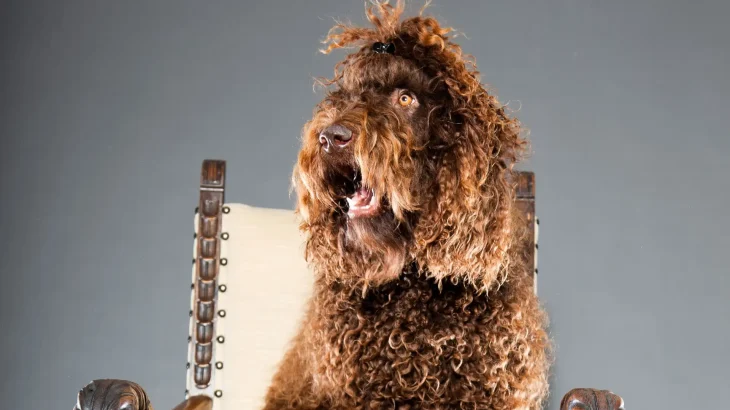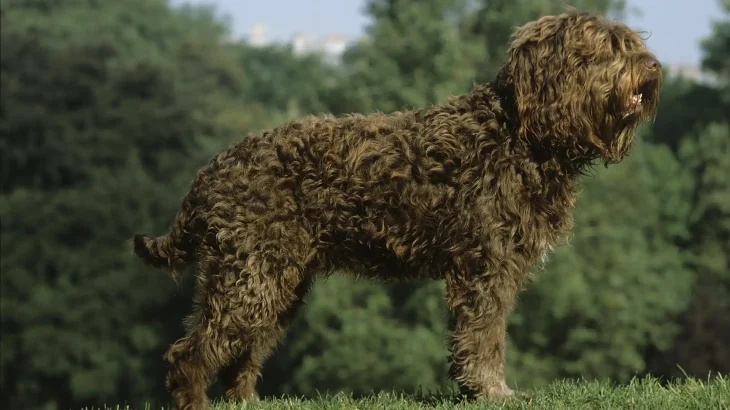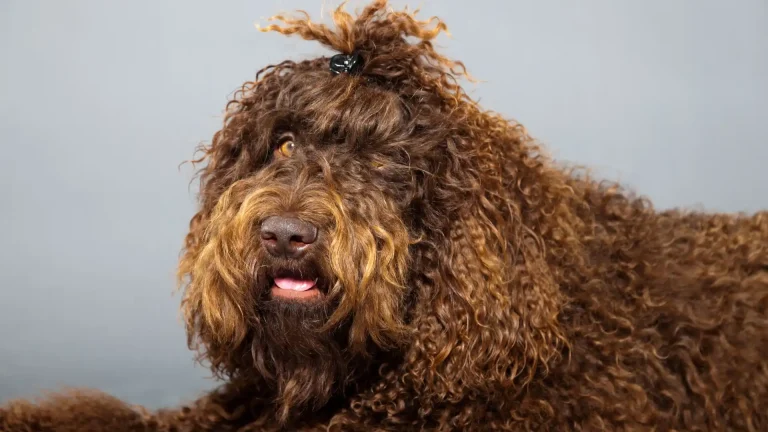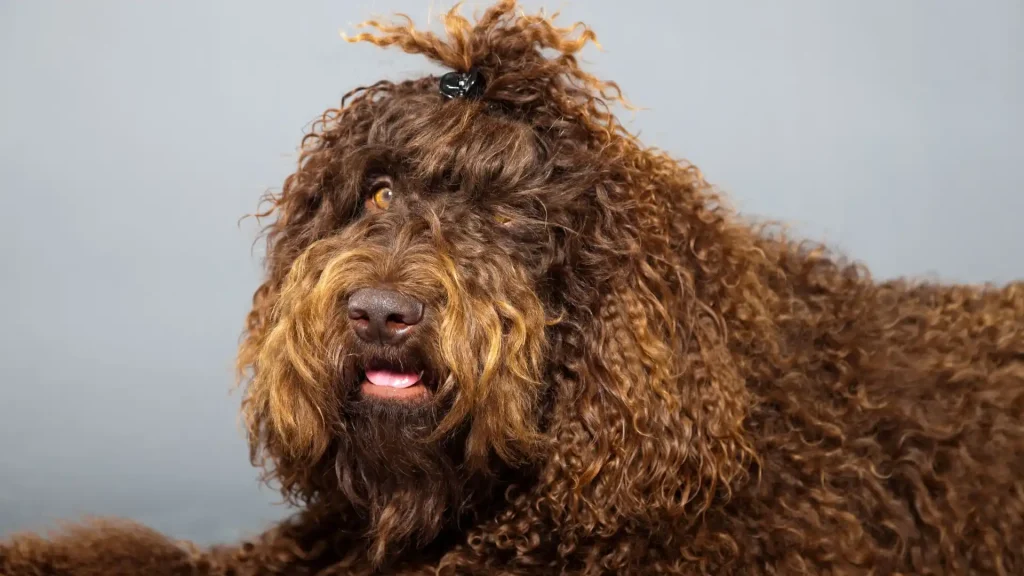Deciding whether to adopt or purchase a Barbet puppy depends on what matters most to you. Buying from a breeder often ensures detailed health records and pedigree, while adopting provides a more affordable path and the chance to give a dog a much-needed home.
Adoption vs. Breeder: Pros & Cons
| Criteria | Buying from Breeder | Adopting from Shelter/Rescue |
|---|---|---|
| Cost | Typically higher, reflecting pedigree and breeder's care. | Lower adoption fees, often covering vaccinations and spaying/neutering. |
| Health History | Comprehensive health records and genetic screening available. | Basic health checks done, but detailed history may be unknown. |
| Age Availability | Usually puppies, allowing early life bonding and training. | Varied ages; might include adult dogs needing homes. |
| Temperament Insight | Breeders can share lineage-related temperament details. | Temperament observed through shelter staff, but earlier behavior unknown. |
| Supporting Practices | Supports ethical breeding programs when chosen carefully. | Supports animal welfare by providing homes to dogs in need. |
| Breed Purity & Pedigree | Guaranteed purebred with pedigrees from recognized programs. | Breed purity may not be certain, especially in mixed or unknown backgrounds. |

